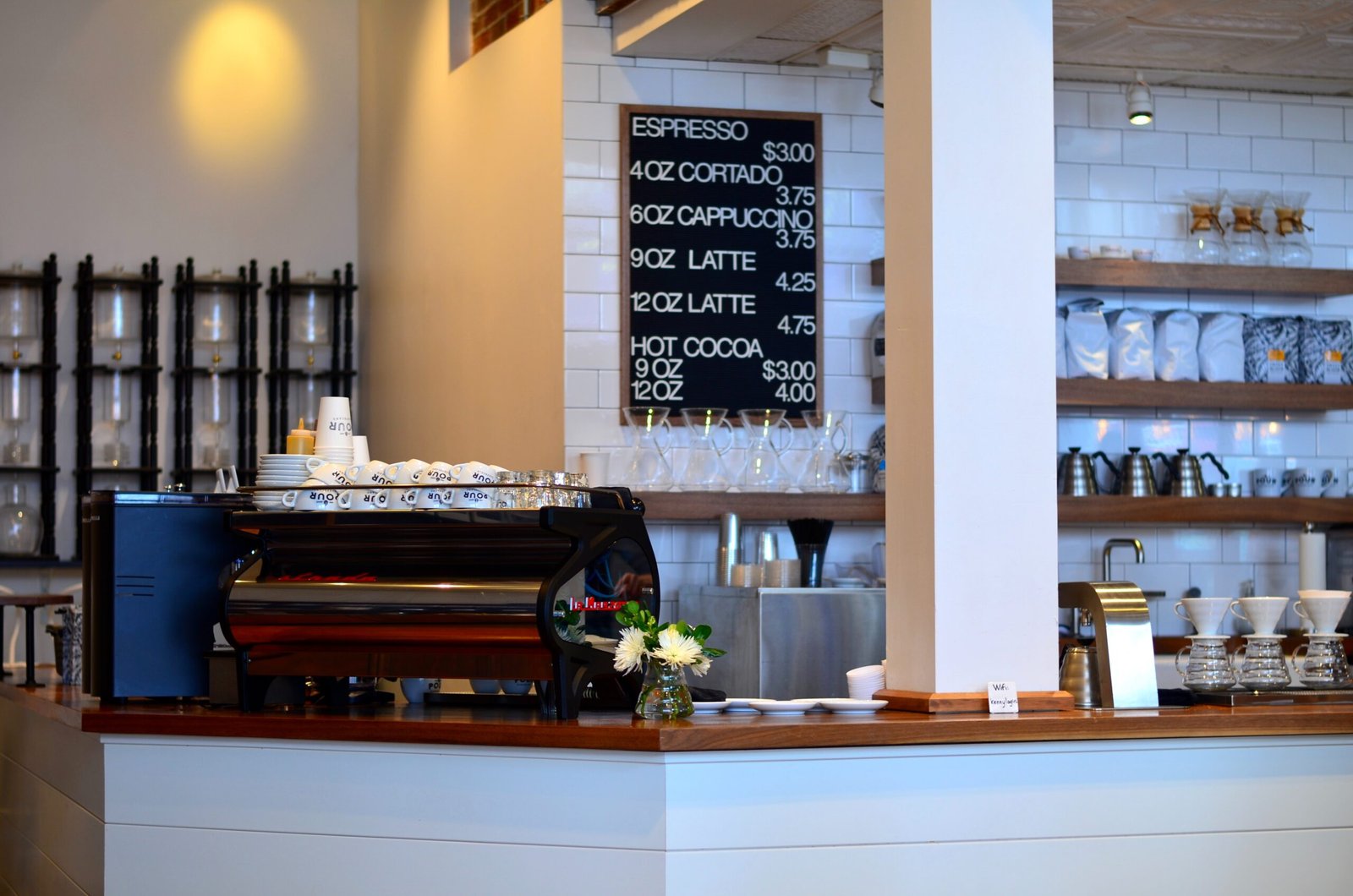As a home service provider, generating more sales is crucial for the growth and success of your business. One effective strategy to boost sales is through follow-up emails. Follow-up emails are a powerful tool that can help you nurture leads, build relationships with customers, and ultimately increase sales. In this blog post, we will discuss how home service providers can effectively use follow-up emails to generate more sales.
1. Personalize Your Emails
Personalization is key when it comes to follow-up emails. Address your customers by their name and tailor the content of the email to their specific needs or interests. This will make your emails more engaging and increase the chances of conversion. Use the data you have collected about your customers to segment your email list and send targeted follow-up emails based on their preferences or past interactions with your business.
2. Provide Value
When sending follow-up emails, it’s important to provide value to your customers. Share useful tips, industry insights, or exclusive offers that are relevant to their needs. By providing valuable content, you position yourself as an expert in your field and build trust with your customers. This can lead to repeat business and referrals.
3. Timing is Everything
Timing plays a crucial role in the effectiveness of follow-up emails. Follow up with your customers at the right time to maximize the chances of conversion. For example, if you have provided a quote for a home improvement project, follow up within a few days to see if they have any questions or if they are ready to move forward. Avoid being too pushy or sending too many follow-up emails, as this can have a negative impact on your relationship with the customer.
4. Use Compelling Subject Lines
The subject line of your follow-up email is the first thing your customers will see. Make it compelling and engaging to increase open rates. Use a subject line that creates curiosity or offers a benefit to the recipient. Experiment with different subject lines to see what works best for your audience.
5. Include a Call-to-Action
A call-to-action (CTA) is a crucial element in follow-up emails. Clearly state what action you want your customers to take, whether it’s scheduling a consultation, requesting a quote, or making a purchase. Make your CTA stand out by using a button or a bold font. Ensure that the CTA is easy to understand and takes the customer directly to the desired action.
6. Automate Your Follow-Up Emails
Managing follow-up emails manually can be time-consuming and prone to errors. Consider using email marketing automation tools to streamline the process. These tools allow you to set up automated follow-up sequences based on triggers such as a customer’s interaction with your website or a specific event. Automation ensures that your follow-up emails are sent at the right time without requiring constant manual effort.
7. Track and Analyze Results
To optimize your follow-up email strategy, it’s important to track and analyze the results. Monitor open rates, click-through rates, and conversion rates to determine the effectiveness of your emails. Use A/B testing to experiment with different email content, subject lines, or CTAs to identify what resonates best with your audience. Continuously refine your approach based on the insights you gather from data analysis.
Conclusion
Follow-up emails are a powerful tool for home service providers to generate more sales. By personalizing your emails, providing value, timing your follow-ups appropriately, using compelling subject lines, including clear CTAs, automating the process, and tracking and analyzing results, you can effectively nurture leads and convert them into loyal customers. Implement these strategies and watch your sales grow as you build strong relationships with your customers.







